Love should be given to everyone, and sadness shared with everyone… There is more hunger for love and appreciation in this world than for bread…
These are just some of the messages that Saint Teresa of Calcutta conveyed to this world with loud whisper.
The Saint from Skopje, the Saint of World, who devoted her entire life for care of the sick, hungry and homeless people, the victims of violence…, lived simply. As in her lifetime, even after her death – She remains synonym for the goodness in the world.
During her life, Mother Teresa received of numerous honors and awards for her high human engagement for fostering the poorest. As the founder of the congregation of “Missionaries of Charity” in Calcutta, India, she devoted herself to charitable work, helping the sick and the poor people. The result was the Nobel Peace Prize in 1979. She passed away on September 5th 1997 in the House of Charity, and after the beatification, which was on October 19th 2003, executed by Pope John Paul II, she received the title of Blessed Mother Teresa. The Pope accepted her first miracle – the healing of Monica Besra, a Bengali woman who had a stomach tumor. In 2015, Pope Francis recognized the second miracle – the healing of a Brazilian man with a brain tumor seven years earlier. On September 4th 2016, Pope Francis proclaimed her for saint.
The small, shy and quiet Mother Teresa with the biggest heart in the world was born as Anjezë Gonxha Bojaxhiu in Skopje.
The path of Gonxha
Mother Teresa’s life journey begins in the so-called “Latin district” in Skopje’s right bank of the Vardar River, when Macedonia was part of the Ottoman Empire. Anjezë Gonxha Bojaxhiu was born on August 26th 1910, at that time “Pop Kochina Street”, No. 14, at the site of today’s Macedonia Square, at the entrance to the City Trade Center. She was the youngest child in the family. Her older sister Aga was born in 1904 and the brother Lazar in 1907.
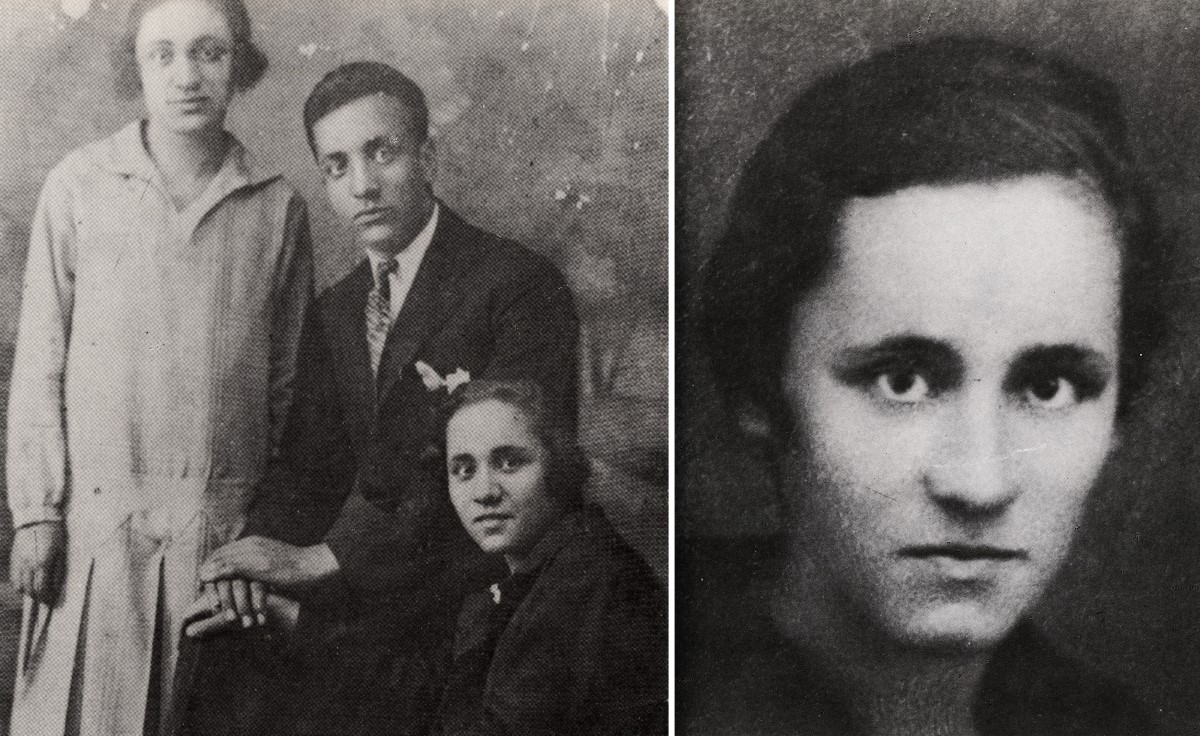
It is believed that the name Gonxha (which in Turkish means bud or rose flower) was chosen by her father Nikollë. She received her first communion at the Catholic Cathedral of the Sacred Heart of Jesus in Skopje, where she was baptized only one day after her birth.
The details for her father’s life are not entirely accurate. According to some sources he was a trader, and according to others, he was a pharmacy assistant. He died in 1919 under unclear circumstances and was buried at the Catholic Cemetery in Skopje. Mother Drana was a housewife and a very religious woman, who comes from a wealthy Bernai family from Prizren, Kosovo. Drana assisted everyone, and the door to the Bojaxhiu’s family house was constantly open. Gonxha grew up surrounded by love and watched as feelings and material goods (food, clothes, money…) selflessly were shared with others.
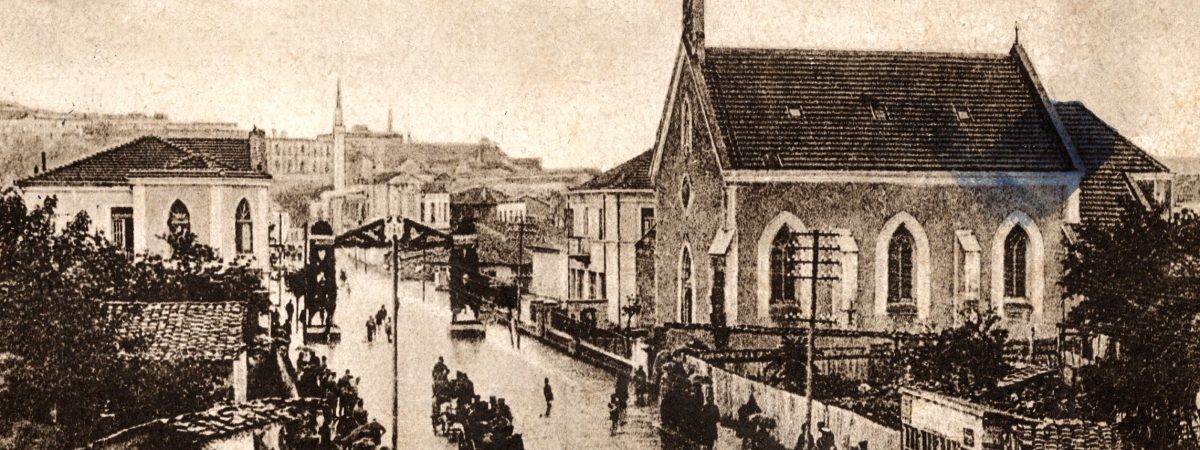
When Gonxha was seven years old, she went to school, first in the Cathedral of the Sacred Heart of Jesus, and later in public school. She was multi-talented – she sang in a choir, played mandolin, recited, wrote poetry and danced, performed in church and the city theater… At that time Skopje was a developed trade center, multicultural and multi-religious environment. Gonxha communicated with everyone, different in language, culture, faith and worldview. Through these contradictions, she has learned that only love reduces differences.
Young Gonxha was a mercurial, temperamental, cheerful, smiling and sociable girl. Sacrificing and modest, but determined and strong, which was contrast to her fragile physical nature. Extremely humane. More and more she was dreaming to become a nun.
During that time, Fr. Franjo Jambrekovic of the Cathedral of the Sacred Heart of Jesus often read letters from the missionaries from India and Africa and explained their life vividly to the believers. It was a motive for little Gonxha to desire longing for India. At the age of 12, she received a call from God, and the final decision to leave Skopje came six years later. Along with her mother and sister she head for Zagreb, where they stayed for two weeks. There they split up and Gonxha head for Ireland (this was their last meeting). In Dublin, she chooses the name Theresa after Saint Teresa of Ávila, a 16th-century Spanish nun, who belonged to the so-called Discalced Carmelites (Roman Catholic religious congregation originating from the Mount Carmel in Palestine) and reformed the Carmelite congregation. According to other sources, Gonxha took the name from the French nun, Marie Françoise-Thérèse Martin, who in 1927 was awarded the title Thérèse of Lisieux. She was also from the Carmelites, died very young in 1897, and led a simple life dedicated to prayer and missionary work. However, in choosing the name, Gonxha seemed to have predetermined her own destiny of eternal glory.
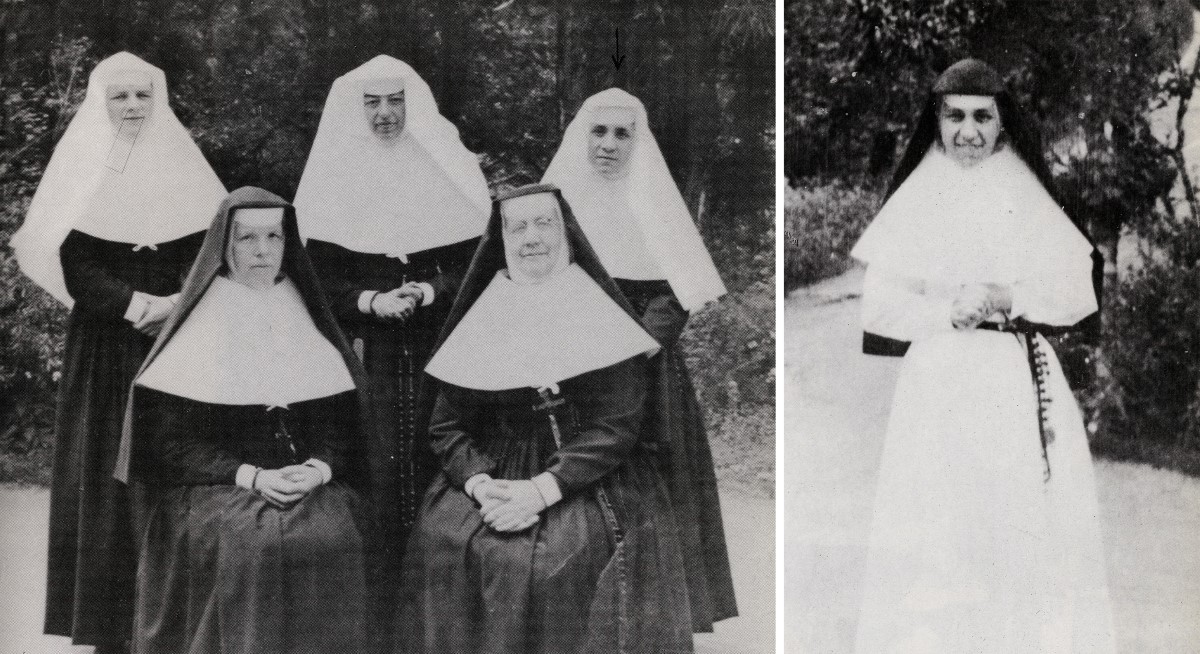
After a brief stay in Dublin (where she learned English language) as part of the specific religious congregation of Sisters of Loreto, the next stop was Calcutta, India. A year later, on December 1th 1928, Gonxha’s ship sails from Ireland to India. During a month-long journey she writes the song “Forgiveness” (originally “Oproshtaj”, written in Croatian), in which she expresses her thoughts and feelings about leaving her native Skopje, family and the traveling to faraway and unknown India. She arrived on January 6th 1929 in Calcutta. On May 25th 1931 in Darjeeling she made her first vow as Sister Teresa. She has working as a professor of geography and religion at the school “St. Maria” in Calcutta.
The missionary path
On one of the many trips through the millionth city of Calcutta, in 1946 she felt God’s call to help the poorest of the poor and to give love to those that most in need. Two years later she was allowed to leave the congregation. Sister Teresa was excommunicated, respectively she could leave the congregation without giving up her nun status. Since then, she has lived with the poorest in the suburbs of Calcutta as a “saint of the poor” or literally as a “saint of the gutters” (Life magazine).
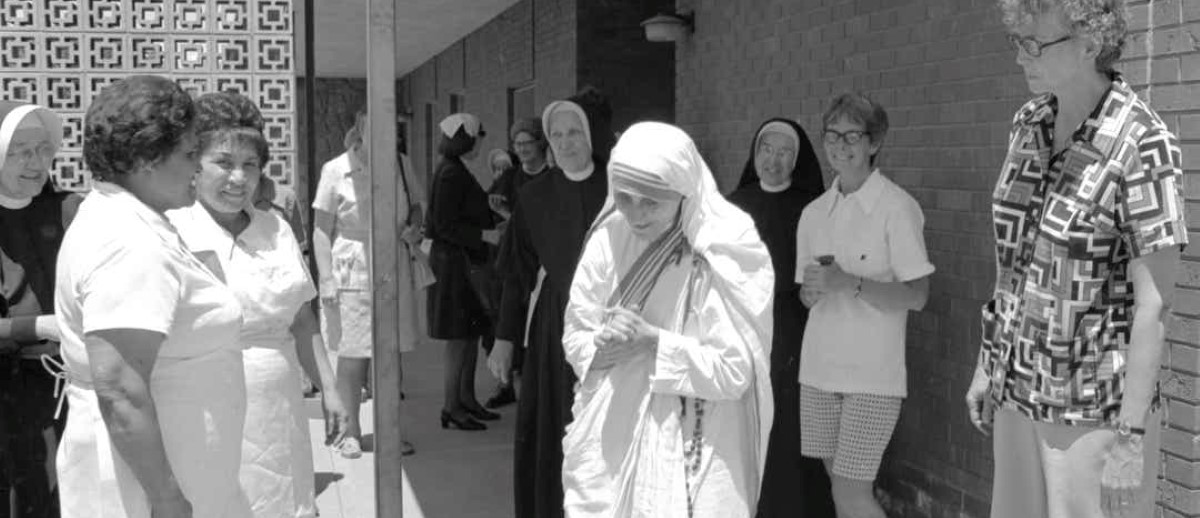
Since then, everywhere and always she has been spread her prayerful message of love and light. As a founder of the “Missionaries of Charity”, she devotes herself to charity, helping the sick and the needy. In 1950 she established the order “Missionaries of Charity” and in 1951 she obtained Indian citizenship. Members of this congregation had to commit themselves to poverty and obedience and not get married. This congregation later was recognized by the Pope and was under his control. The biggest concern for Teresa’s congregation was the dying people, the sick and the orphans. Today, Mother Teresa’s congregation number more than 5.000 sisters and more than 500 brothers in schools, public kitchens, shelters and hospitals for the poor, hungry and left in over 130 countries around the world. Already in the early 70’s of the last century, she is internationally known. Her popularity at the time was partly attributed to the documentary film “Something Beautiful for God”, shot by Malcolm Muggeridge in 1969.
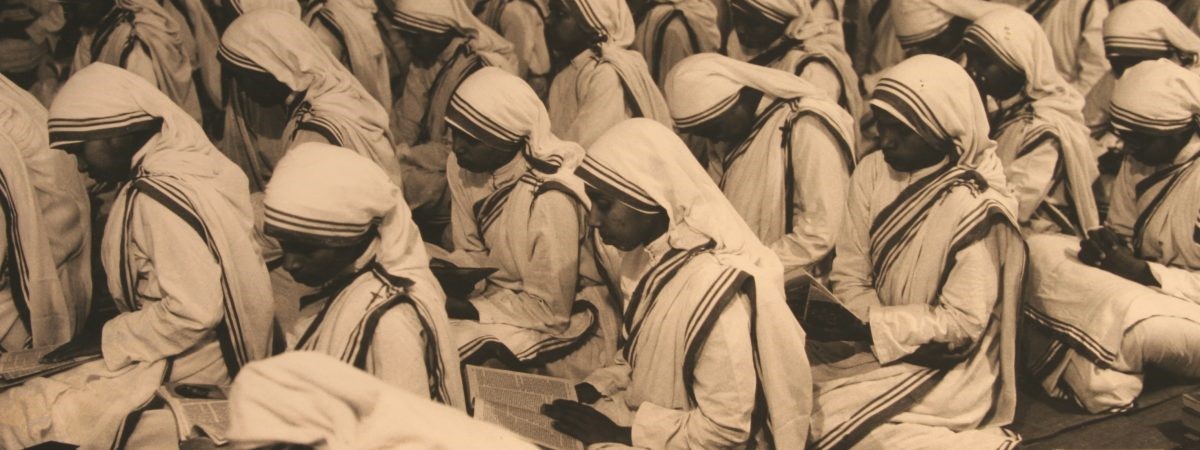
She has received numerous awards for her unselfish work, most notably the 1979 Nobel Peace Prize. She has been awarded the prize for work undertaken in the struggle to overcome poverty and distress, which also constitutes a threat to peace. She refused the conventional ceremonial banquet for laureates, asking that its 192.000$ cost be given to the poor in India. When she received the award, she was asked: What can we do to promote world peace? She replied: Go home and love your family!
As her biographer Stojan Trenchevski writes, Mother Teresa visited her hometown of Skopje four times after leaving, in 1970, 1978, 1980 and 1986. One year after receiving the Nobel Prize, in 1980, after coming to her hometown, she was declared an honorary citizen of Skopje. During her stay in her hometown, with special experience and deep intimate pain, she visits her father Nikollë’ grave. According to witnesses accompanying Mother Teresa, in front of her father’s grave, she said:
I know father, you loved me so much. I loved you too, even though I was a child. I thank the Lord for bringing me here to pray and worship, to see where you rest in God’s peace.
According to Trenchevski, while Mother Teresa was alive when was asked about her nationality, she replied:
I belong to the Lord God, to Jesus Christ. I have love for all the people in the world. However, I was born in Skopje. I’m Skopjanche!…
The path to eternity
Mother Teresa died passed away on September 5th 1997 in Calcutta, the city where she spent most of her life. Ten days after her 87th birthday, after years of struggling with heart and lung disease. With gentle health, she was often ill, even from malaria. Her last words were:
Pray for this work to continue. I’m not important.
Although her life was modest, the funeral held on September 13th in Calcutta was magnificent. Her body was exposed for days in a glass casket at St. Thomas Church. Mother Teresa was a saint for millions of believers throughout her life. The “saint of the poor”, as she was called by those she cared day and night, was carried through the streets of Calcutta to the same military cannon carrying the bodies of Mahatma Gandhi and Jawaharlal Nehru during funeral ceremonies. In a procession of tens of thousands of people who wanted to see her for the last time. The world bid farewell to her was at a funeral ceremony in Calcutta. State-of-the-art funeral was attended by prominent figures from around the world, including four presidents and three queens.
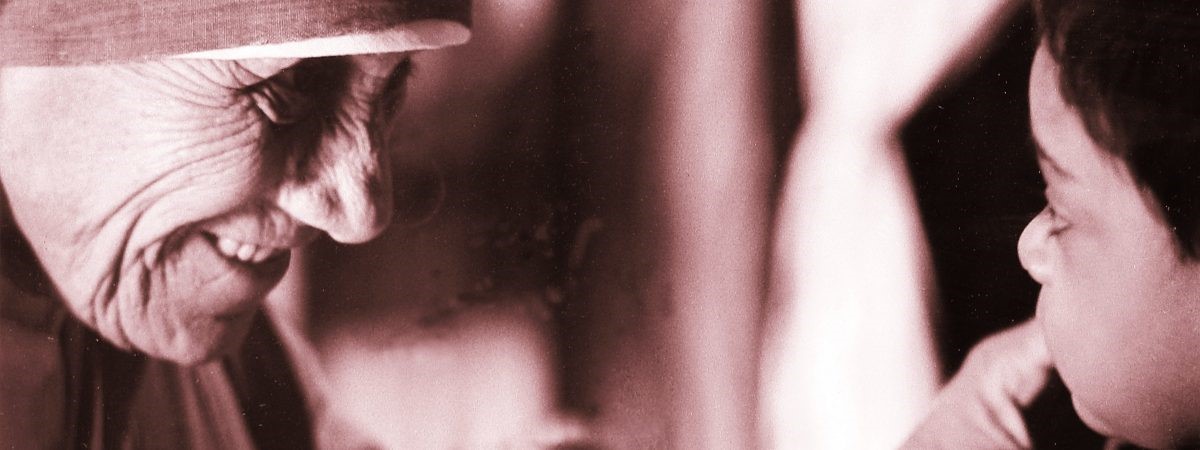
The ceremony lasted 3,5 hours and ended after the Macedonian delegation laid a wreath in the name of the Macedonian people and the country in honor of the Macedonian citizens, especially the citizens of Skopje, whose citizen was Mother Teresa. The last greeting was given by the heiress Sister Nirmala Joshi. Following the prayer songs sung by the missionary chorus, Mother Teresa’s body was taken to the House of Charity, where the headquarters of the “Missionaries of Charity” is located. On the white concrete structure, covered with white marble slab, stands the epitaph:
Love one another as I loved you.
The path to immortality
Contrary to the usual canons, instead of after five years, Pope John Paul II instituted the beatification procedure a year after her death. After being beatified on October 19th 2003, she received the title of Blessed Mother Teresa, which she carried until her proclamation as a saint on September 4th 2016, at St. Peter’s Square in Vatican. Macedonia marked Mother Teresa’s proclamation as a saint, with a series of events and manifestations, and a homeland celebration, entitled “Month of Holy Mother Teresa” was organized in Skopje. A solemn Holy Eucharist was held in the chapel of her Memorial House in Skopje. In September, many masses were held in honor of canonization at the Catholic Church of the Blessed Heart of Jesus, as well as exhibitions, concerts, screenings of films about life and the work of a world-renowned missionary. At the Macedonian Academy of Sciences and Arts (MANU), Solemn academy was held.
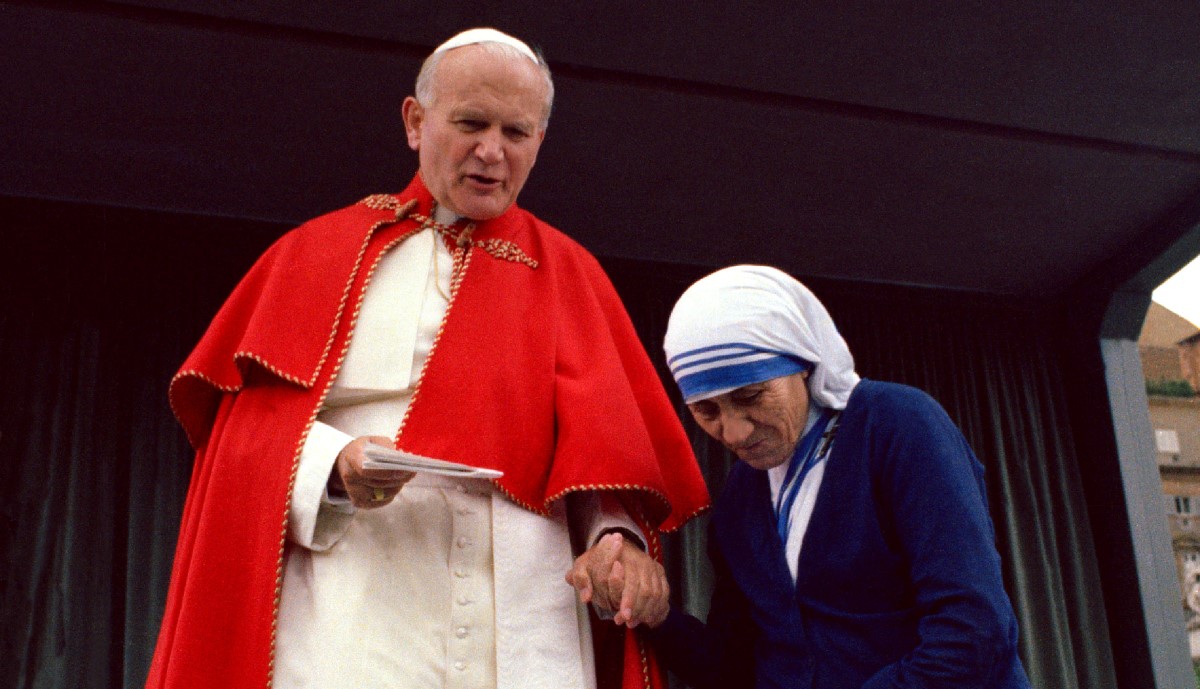
Following the footsteps of Mother Teresa
It is said that the birthplace holds all the potential energy of a being, which as a drop seems to separate from the ocean. However, it is the drop that will later shake the whole ocean, but at the same time, will sink into it and calm it down. Such is the story of Mother Teresa. The small, shy and quiet Gonxha leaves Skopje and heads to the sacred, unknown India at the call of God, to return later to the people and to land with the most helpless.
Macedonia is proud of Skopje’s most famous and the only Nobel laureate in the country. The cornerstone of Memorial House of Mother Teresa was laid on May 9th 2008, and in just nine months, a building dedicated to the world’s most humane woman was built. The Memorial House is officially open to visitors on January 30th 2009, and the location is not accidental. Up until the earthquake in 1963, there was the Catholic Cathedral of the Sacred Heart of Jesus.
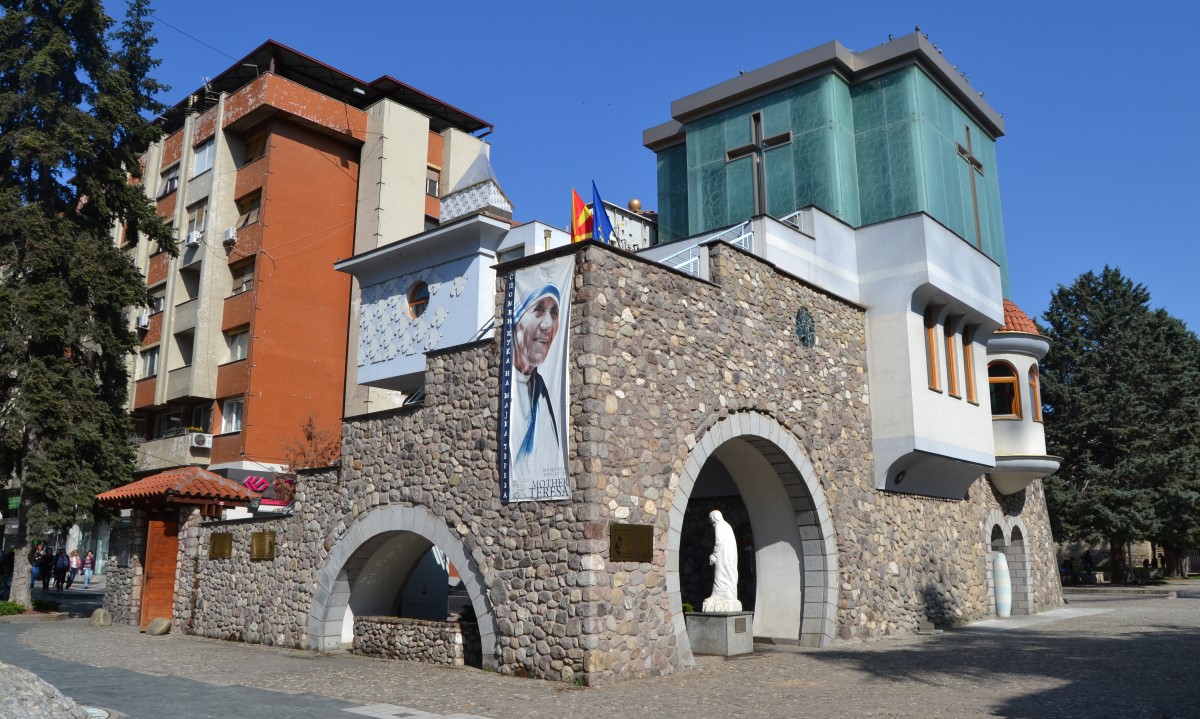
The interior of the exhibition space of the Memorial House is reminiscent of a typical Macedonian town house from the early 20th century. The concept is to follow Mother Teresa’s life from her childhood in her native Skopje, through her years as a “Missioner of Charity” to her death and beatification.
The most important items in this museum are the signature white sari with blue stripes (second class relic, the identification mark and the official “Missionaries of Charity” official uniform), a copy of the baptism certificate authorized from the Cathedral of the Sacred Heart of Jesus, authorized copies of documents with her handwriting, and of the awards received. Among the documents included a prayer book written by Mother Teresa, a copy of the Nobel Peace Prize, as well as a copy of a letter sent to Metodi Antov, the mayor of Skopje, on the occasion of her receiving the award. The exhibit boasts numerous photographs which vividly capture the humanitarian work of the sisters of Mother Teresa’s order. The basement of the museum is designed as a multimedia space, where screenings, promotions, educational projects and exhibitions are held, related to the life and work of Mother Teresa. Above the exhibition space is the chapel, where Catholic priests hold masses.
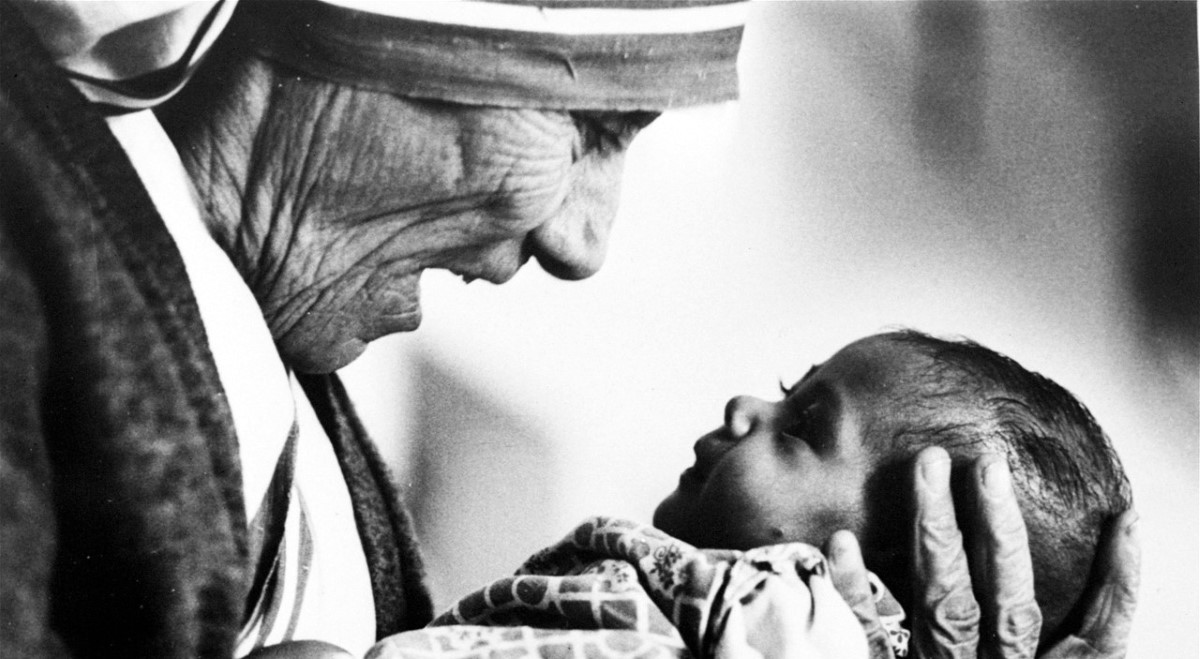
A visit to Mother Teresa’s birthplace will open you up to new horizons and bring you closer to the life and works of the Saint, a symbol of goodness and holiness, one of the most iconic spiritual figures of our time. She gave medicaments, food and love – with a big smile. You can experience the way she began her great mission, and believe, you will begin to see the world from a different perspective. Those who have had the opportunity to meet and talk with Mother Teresa will remember her as an extremely simple and warm person who captivates and remains in her memories forever. Many knew her while she was alive, but for many she became a saint the day she passed away. It remains for us to meet her roots, in the center of Skopje, and hear her story.
She used to say:
Not all of us can do great things. But we can do small things with great love.
And we all want to travel and experience new experiences, aren’t we?















